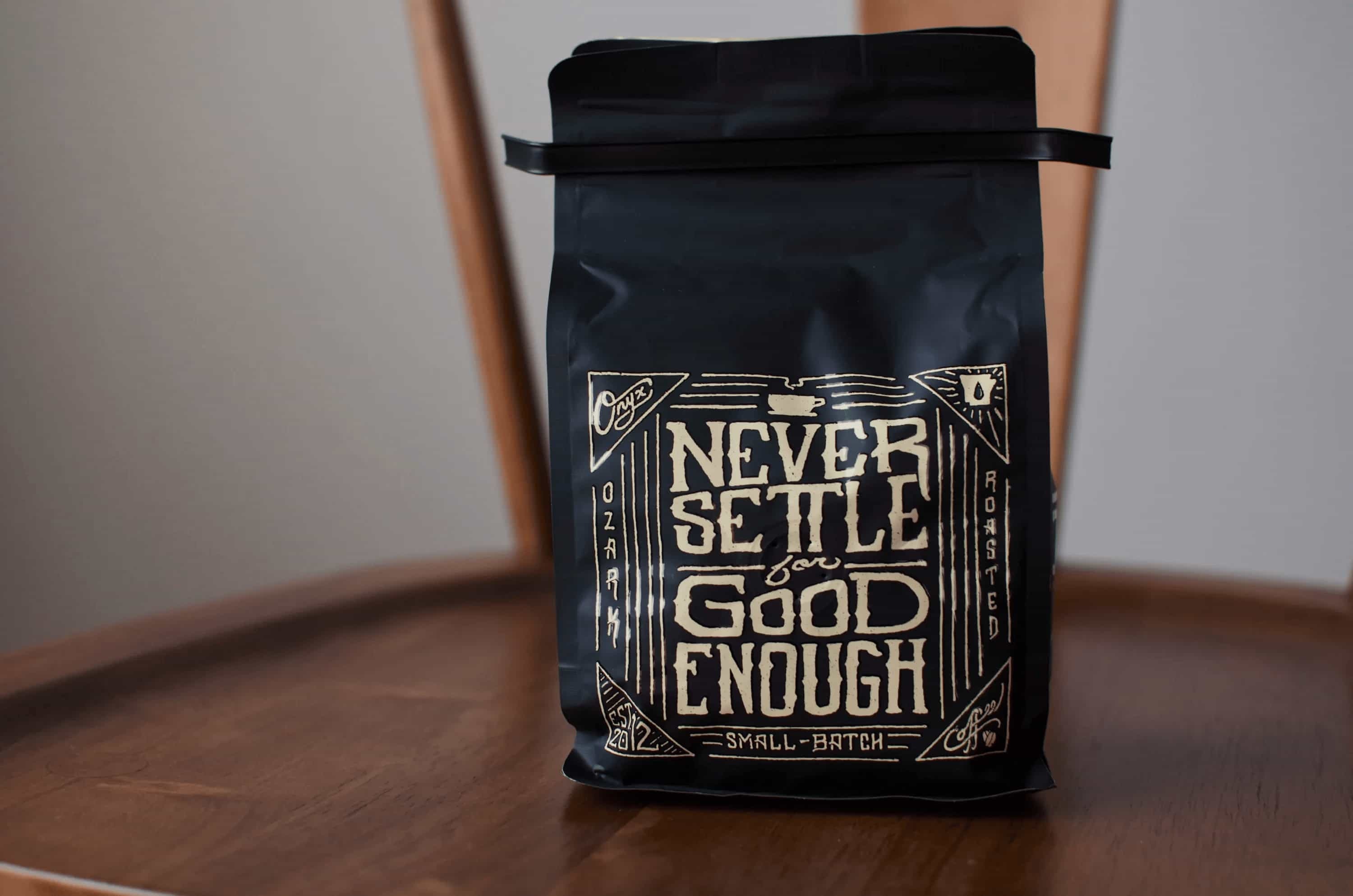Packaging for Food
PACKAGING FOR FOOD
If you’ve only worked with EcoEnclose for sustainable shipping solutions, you may not know that we can help you with your primary packaging as well.
If you sell food products or nutraceuticals, you already know that choosing packaging for these goods can be complicated and regulated. This guide aims to help you navigate the complicated world of food packaging and to understand the three categories of sustainable food packaging EcoEnclose offers.
Table of Contents

What To Consider When Packaging And Shipping Food
As you’re exploring the best food packaging options for your business, here are five points to keep in mind.
Food Protection, Safety, and FDA Approval:
Food products need varying levels of protection to ensure that the product will stay safe and fresh until its stated “best by” date. Different types of packaging can provide varying levels of moisture, oxygen, and light protection. Specific products, such as liquids, microwave or frozen foods, will need even more unique barrier protection.
Packaging must adhere to the FDA’s food additive regulations in Title 21 of the Code of Federal Regulations. Most customers we work with use materials that are generally recognized as safe (GRAS) by the FDA. These materials include LDPE, HDPE, PP, glass, aluminum, and paper with certain pre-approved coatings.
Filling and Packaging:
Smaller brands tend to hand-fill their products, giving them ample flexibility about their packaging. As brands get bigger, they may begin working with a contract packaging provider (copacker) or invest in equipment to automate the filling process. In these situations, a brand must ensure its packaging aligns with the copacker’s requirements and equipment. Some lines require rigid containers; others require flexible packaging. Some have specific dimension requirements.
Labelling:
Packaging must also have room for required information, which includes the quantity of food contained in the packaging, nutritional information, ingredients, and allergen declarations, and the name and address of the manufacturer, packer, or distributor. The FDA regulates these requirements and sets guidelines for the placement and size of the font used for all this information.
When designing your packaging, it is important to factor in these labeling requirements and determine if they will be printed directly on your packaging or on a label that is adhered to it.
Transportation and Storage Costs:
You’ll want to consider the cost of the packaging itself, but brands sometimes overlook the cost of storage and transportation. Because rigid containers, mainly when made with glass, are fully formed and expanded right from their manufacturing line, they are a lot bulkier, heavier, and more expensive to ship than packaging solutions that flatten out.
Sustainability Considerations Across the Lifecycle:
Consider the following when designing food packaging for sustainability:
- Source Material - can recycled content be used?
- Storage and transportation - rigid containers are far less carbon efficient becuase they take up so much more space
- End of life - ca the material be readily recycled?
You’ll find that different materials stack up in different ways against these factors. For example, flexible packaging - such as stand-up pouches and sachets - can be made with some recycled content and are very carbon efficient to transport and store; they are not generally recyclable. On the other hand, a glass jar can often be recycled and made with some recycled content; it tends to be significantly more energy and carbon-intensive to manufacture, ship and store.
Another important note is that recycled content can be tricky when it comes to packaging with direct food content, so you’ll often find limits on how much post-consumer waste you can incorporate and still align with FDA regulations.
Stand Up Pouches
Traditional stand-up pouches are made with multi-layered, flexible film and are designed to serve as a more efficient and eye-catching alternative to rigid plastic, glass, and paperboard packaging. They are most commonly used for food packaging like granola, pet food, and coffee, but are increasingly used for packaging nonfood items including apparel and personal care.
EcoEnclose offers two stock stand up pouches made with post-consumer recycled content starting at just 100 units. Create a customized stand up pouch starting at 20,000 units.

Clear PCR Stand Up Pouches
A clear plastic pouch made with 46% post-consumer recycled content. Suitable for products that do not require a light, moisture, or oxygen barrier.
Ready to Ship | Min. 100 units
Customizable | Request a quote

Metalized PCR Stand Up Pouches
A high-barrier and metalized plastic pouch made with 52% post-consumer recycled content. Ideal for products that need to retain their quality and freshness.
Ready to Ship | Min. 100 units
Customizable | Request a quote

Custom Stand Up Pouches
Flexible packaging for food and more. Available as thin-film recyclable or made with post-consumer recycled content.
Expanded capabilities include: Custom materials | Custom styles | Custom printing | Custom Sizes
Min. 20,000 units | Request a quote

Custom Flat Bottom Pouches
Flexible packaging for food and more. Available as thin-film recyclable or made with post-consumer recycled content.
Expanded capabilities include: Custom materials | Custom styles | Custom printing | Custom Sizes
Min. 20,000 units | Request a quote
Sachets & Three-Side Pouches
Three-side seal bags can be made from the same film structure that our stand-up pouches can be made from; however, they aren’t designed to stand up at all. Instead, they are sealed on three sides and are either intended to hang in a retail environment or are for single servings for items such as tea bags, vitamins, and candy.
EcoEnclose offers two constructions - three side pouch or sachet - available in three materials:
- Thin Film Recyclable Pouch with Oxygen Barrier (PE with EVOH)
- Post-Consumer Recycled Pouch with No Barrier (PET/PE)
- Post-Consumer Recycled Pouch with Metalized Barrier (MET PET)
Create these custom pouches starting at 20,000 units.

Three-Side Pouch
Sealed on the sides with a single seal on the bottom. Often has a hang hole at the top and is designed to hang on a retail rack.
Min. 20,000 units | Request a quote

Sachet
Very similar to three-side seal construction but are intended for single servings. The material for sachets is typically sold and received as roll stock.
Min. 20,000 | Request a quote
Folding Cartons
Folding cartons aren’t typically used for direct food contact but are a prevalent retail food non-direct packaging solution. For example, think about the cartons that line grocery shelves for cereal, crackers, and energy bars. These are all forms of folding cartons, carrying products that have their own primary packaging, typically made with flexible film.
EcoEnclose can offer almost any style of folding carton imaginable. They are made with 100% recycled tan bending chip 100% recycled fiber clay coated newsback.

Reverse Tuck End
Available in 100% recycled tan bending chip and 100% recycled fiber clay coated newsback.
Min. 5,000 units | Request a quote
Sustainable Packaging Inspiration




Looking for Guidance?
We'd love to help you find the right shipping solution for your business.



